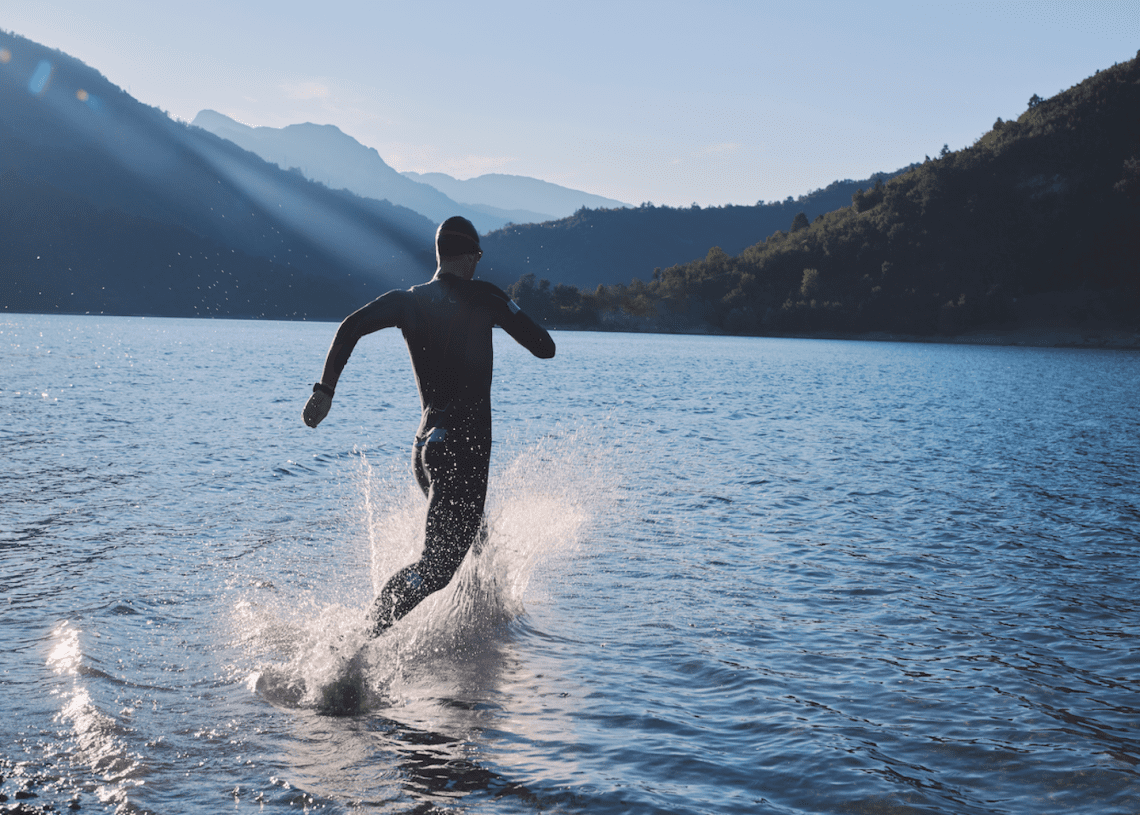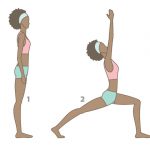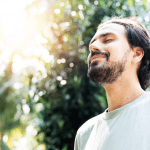
Training in open water
With the water getting warmer, it’s time to take your training back to the open water, says Jonathan Cowie
With the water getting warmer we can now take our open water training back outside. But don’t fall into the trap of just doing long and steady swims in the open water. With a bit of creative thinking it is possible to set yourself some fun, interesting and worthwhile speed and threshold sessions.
Structure your open water training sessions in the same way as you would a pool session, with warm-up, sub-set, main set and cool-down swims.
The main difference between training in a pool and in open water is the lack of a pace clock and the easily definable distance of a length. However, this is where the fun starts! These “limitations” can be overcome by thinking less of time and more of effort and using your swim spot’s landmarks to define distances.
Use the buoys
If you swim at a venue with a buoyed course this will allow you to easily define distances in your sessions. An easy and measurable way to improve fitness is to time your laps over the season. Establishing personal bests is good motivation as you see times improve and fitness levels increase.
Introduce long interval training into your sessions by swimming one lap hard, one lap easy (depending on your course distance you can either swim one lap or swim two buoys hard, etc). Take note of your first hard lap times and try to maintain this throughout the session – this will improve pacing as well as fitness.
Use the buoys of the course to structure your sets. For example, instead of 10 x 100m swim
fast to the first buoy, rest 10 seconds, swim fast to the second buoy, rest 10 seconds etc. You can change this up with longer distances, shorter or longer rests, alternate easy and hard swims.
If you swim somewhere without a buoyed course, it is time to get creative!
Think about the set-up of where you swimand how you can use landmarks or objects to define distances. Eg, if you swim off a jetty is there another jetty or landmark that you could use to define distance – from the jetty to the tree, from the jetty to the boathouse, from the jetty to the sailing buoy. The same works if on a beach, lakeside or river bank – from the beach to the groyne, from the shore to the stream, from the bank to the big tree etc.
Get creative with where you swim and use its “limitations” to your advantage! You could also use counting strokes – 10 strokes hard, 20 strokes easy etc.
Speed play
If you are familiar with fartlek training in running, this is an easy way to incorporate
speed and interval work into your swims. Fartlek is Swedish for “speed play” – so instead of set intervals with set recovery, fartlek is unstructured and alternates between moderate to hard efforts with easy efforts throughout as active recovery.
Play with speed by swimming hard for short periods of time followed by easy effort swimming to recover. For example, swim hard to the first buoy, easy to the oak tree, hard to the moored boat, easy to the bend in the river etc. Use the features and course of your venue to create a fun but challenging workout.
Browse more of our training pages.
To see all the online content from the May 2023 issue of Outdoor Swimmer, visit the 'Spring(s)' page.







